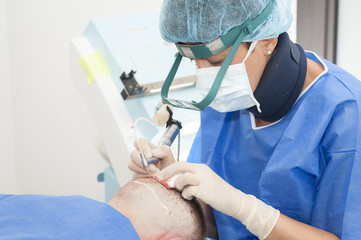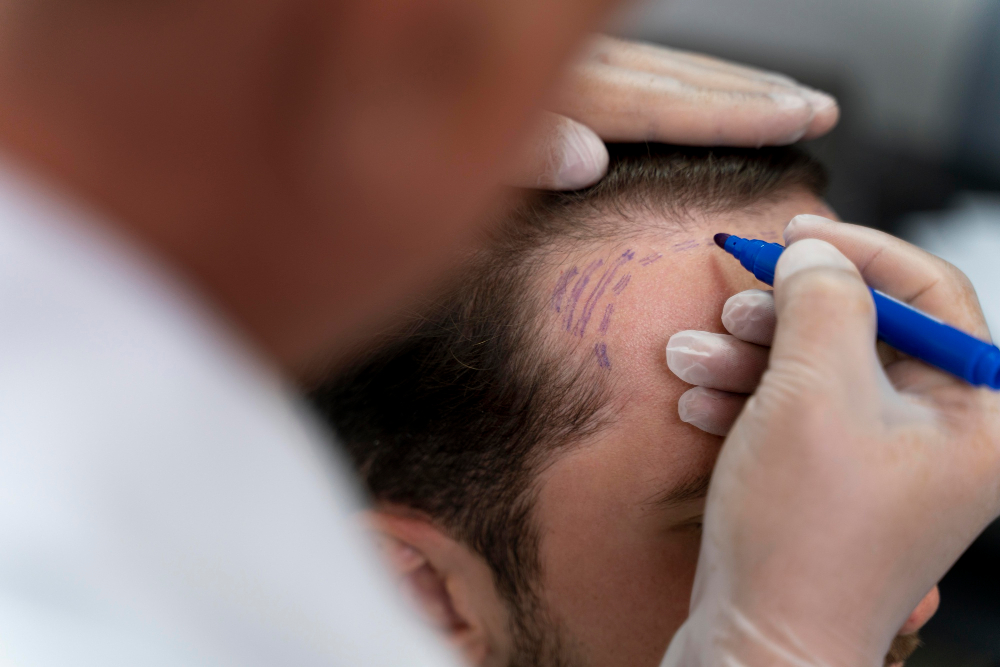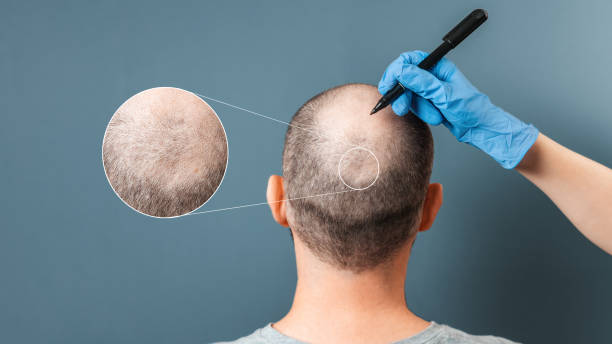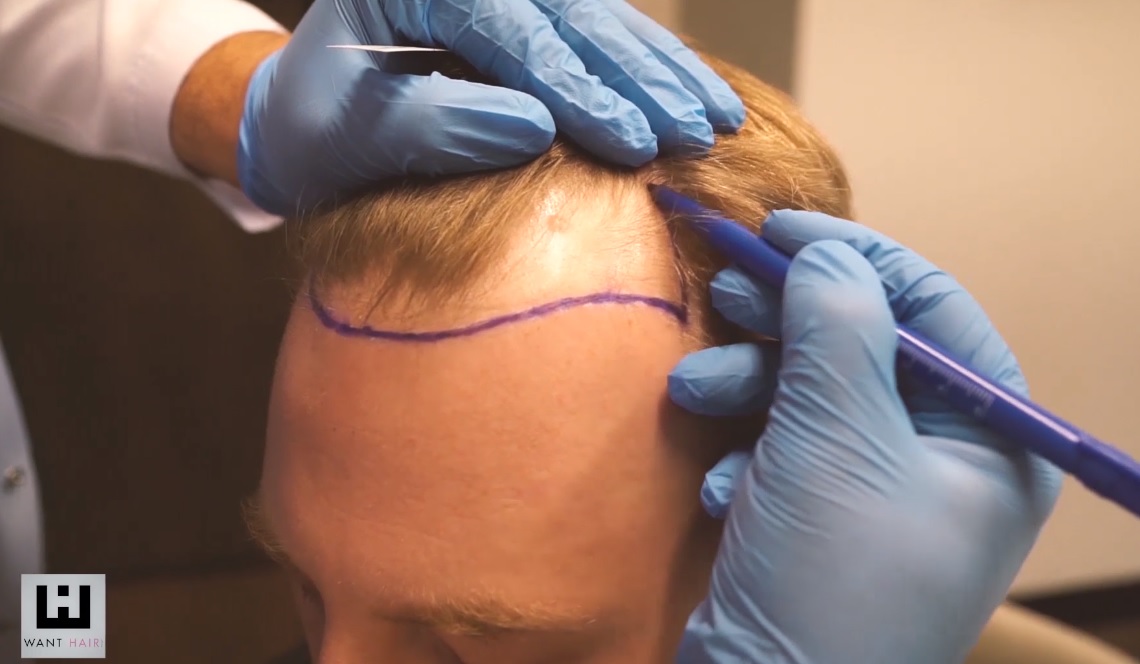Hair loss can significantly impact confidence and self-esteem. Fortunately, modern solutions such as hair transplant surgery in the UK have enabled individuals to restore hair with natural-looking results. Whether you are considering non-surgical options or advanced surgical procedures, consulting with a professional hair transplant clinic is the first step toward regaining your hair. Clinics such as Want Hair Ltd in Manchester provide tailored solutions that address individual hair loss patterns, ensuring optimal outcomes.
Understanding Hair Loss and Treatment Options
Hair loss is a common issue that affects both men and women. With advancements in technology, various hair transplant treatment methods are now available. Among these, FUE hair transplant has become highly popular due to its minimally invasive nature and natural results. Unlike older techniques, FUE involves extracting individual hair follicles from donor areas and implanting them in thinning or bald regions, making it an effective solution for progressive hair loss.
Choosing the right hair transplant clinic in the UK is crucial to achieving the desired outcome. The quality of treatment, the surgeons’ experience, and personalised care play a pivotal role in the success of the procedure. Hair transplant consultation sessions allow specialists to assess hair density, scalp health, and suitability for procedures, helping patients make informed decisions.
Why Choose a UK Hair Transplant Clinic
Selecting the right UK hair transplant clinic ensures a safe, effective, and aesthetically pleasing result. Clinics like Want Hair Ltd offer comprehensive services that combine expert care with the latest technology. From initial hair transplant consultation to post-procedure support, every step is carefully designed to maximise hair restoration and patient satisfaction.
The benefits of choosing an experienced hair transplant clinic include:
- Access to skilled surgeons trained in advanced techniques.
- Personalised hair transplant treatment plans tailored to individual hair loss patterns.
- Use of minimally invasive methods, such as FUE hair transplant, reduces downtime and scarring.
- Ongoing guidance for long-term hair health and maintenance.
Manchester’s Leading Hair Transplant Solutions
anchester has emerged as a hub for top-tier UK hair transplant clinic Manchester services. Patients can access state-of-the-art facilities, advanced equipment, and highly trained professionals in the city. Whether you are considering a hair transplant UK for early-stage thinning or more advanced hair loss, Manchester clinics offer comprehensive evaluations and personalised treatment plans.
During a hair transplant consultation, specialists analyse the pattern and progression of hair loss, often using tools like the Norwood Scale for male patients. This assessment helps determine the most suitable hair transplant treatment, including options such as FUE or combined procedures for enhanced results.
Comparing Hair Transplant Options
Understanding the available hair transplant options in the UK is essential for achieving natural, long-lasting results. The two most common procedures include:
- FUE Hair Transplant – Individual hair follicles are extracted and implanted into thinning areas. This method is minimally invasive, leaves almost no visible scarring, and offers a natural hairline.
- FUT Hair Transplant – A strip of scalp is removed from the donor area, and follicles are separated for transplantation. While effective, it typically involves a more extended recovery period and a linear scar.
Choosing the right approach depends on factors like hair density, donor area availability, and personal preferences. Expert guidance from a reputable hair transplant clinic ensures that patients receive customised solutions tailored to their needs.
The Importance of Hair Transplant Consultation
A thorough hair transplant consultation is a critical step in any hair transplant journey in the UK. During this session, specialists:
- Evaluate the extent of hair loss.
- Assess the scalp’s health and hair density.
- Recommend suitable procedures, such as an FUE hair transplant.
- Discuss expected outcomes, recovery timelines, and aftercare.
Consultations also allow patients to understand the costs, risks, and benefits, ensuring a well-informed decision. Clinics like Want Hair Ltd excel at providing detailed consultations that combine professional expertise with personalised attention.
Post-Procedure Care and Results
Post-procedure care is vital for maintaining the results of hair transplant surgery in the UK. Patients are advised on scalp care, medications, and lifestyle adjustments to promote hair regrowth and longevity. Most individuals notice gradual improvement over several months, with full results becoming visible within 12 months.
The success of a hair transplant clinic depends not only on the surgery itself but also on the quality of aftercare and patient support. Clinics like Want Hair Ltd provide detailed guidance on recovery, ensuring the best possible outcome for every patient.
Why Choose Want Hair Ltd
Want Hair Ltd stands out among hair transplant clinics in the UK for its commitment to excellence, personalised care, and advanced techniques. Key advantages include:
- Expert surgeons specialising in FUE hair transplant
- Tailored hair transplant treatment plans for men and women.
- Comprehensive hair transplant consultation to assess individual needs.
- State-of-the-art facilities and a patient-centred approach.
By choosing Want Hair Ltd, patients in Manchester and beyond can access some of the best hair transplants in the UK, ensuring effective, natural-looking results.
Conclusion
Hair loss does not have to be permanent. With advanced hair transplant surgery in the UK, personalised hair transplant treatment, and expert guidance from top hair transplant UK clinics, it is possible to restore hair and confidence. Clinics like Want Hair Ltd in Manchester provide tailored solutions, professional hair transplant consultations, and cutting-edge techniques such as FUE hair transplants, helping patients achieve long-lasting, natural results. Taking the first step toward hair restoration with a trusted UK hair transplant clinic ensures a successful journey from consultation to recovery.








